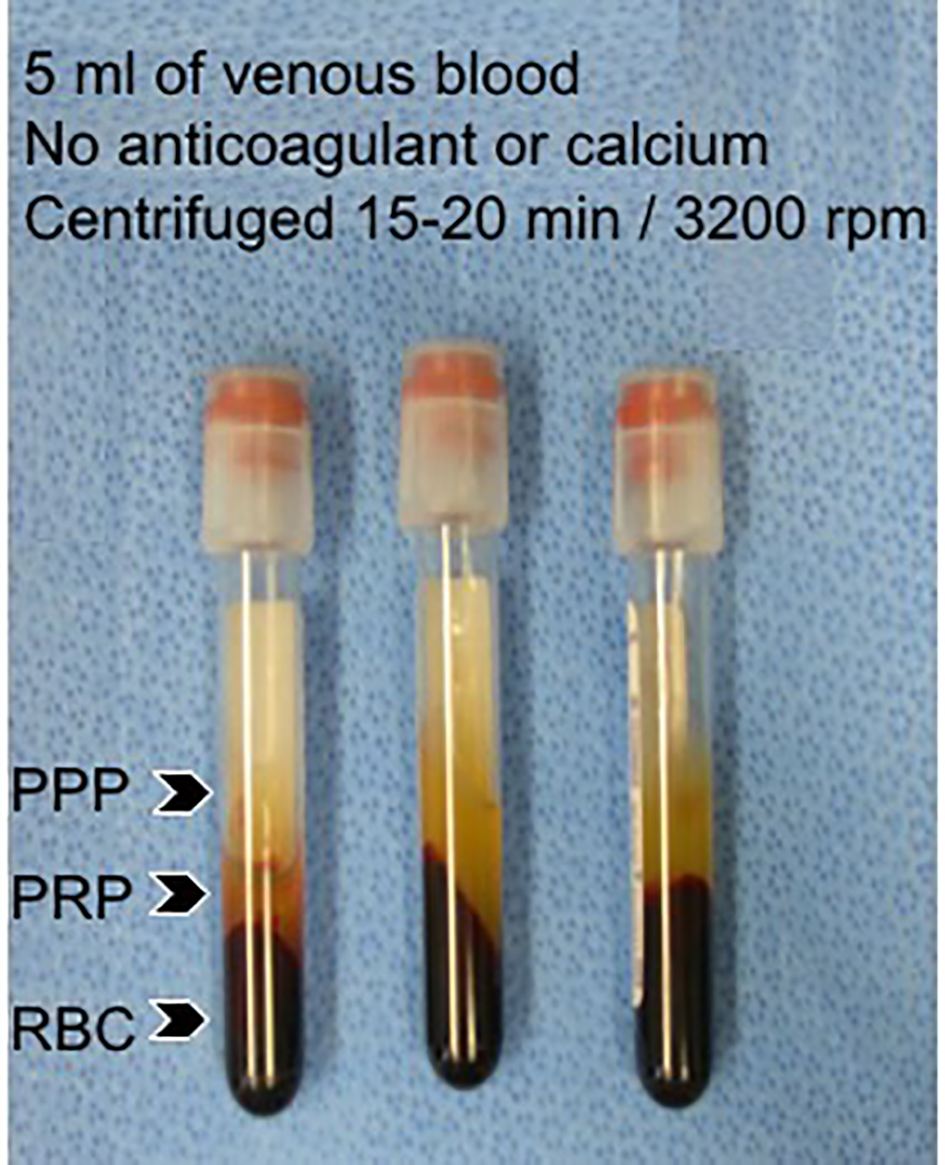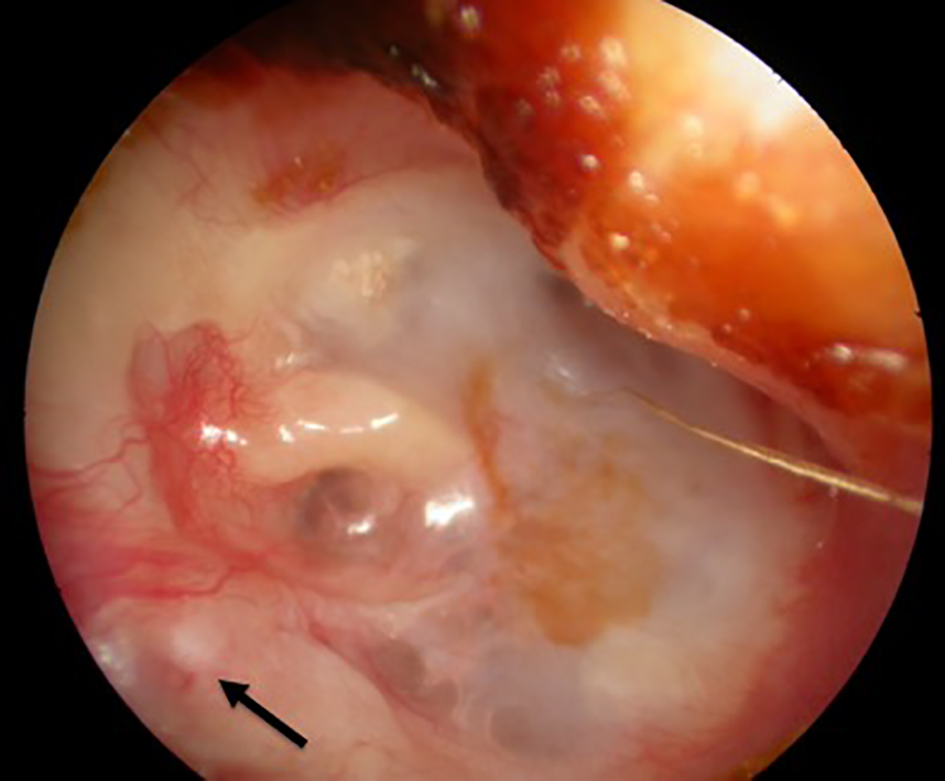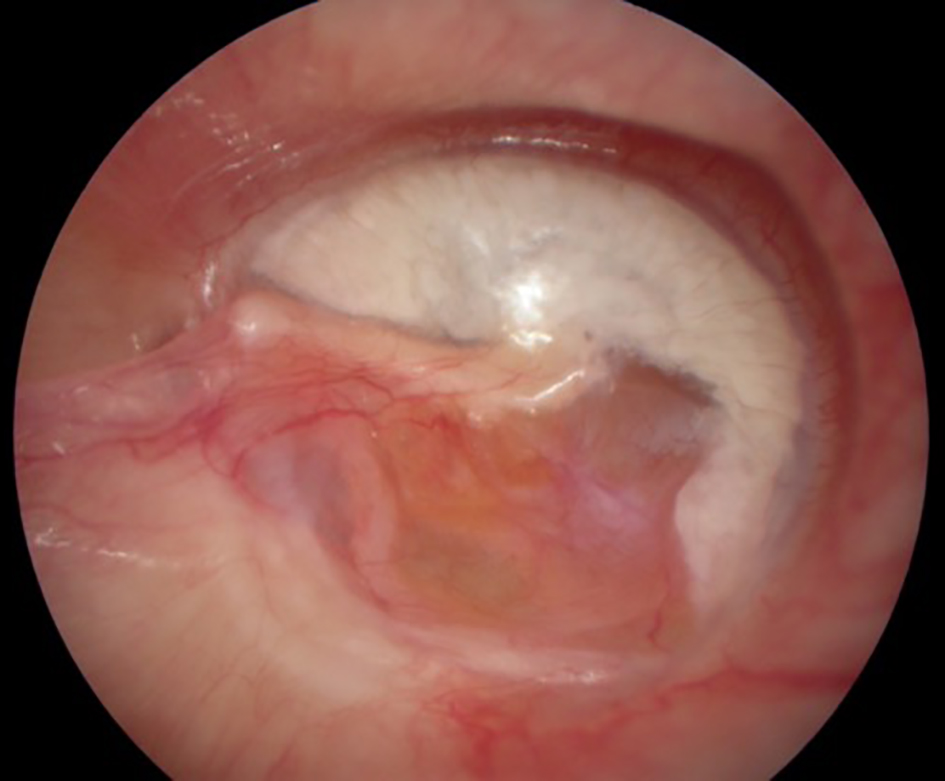
Figure 1. After centrifugation blood was separated into three layers: the bottom layer consists of red blood cells, the middle layer contains platelet poor plasma (PRP), which is composed of platelets and white blood cells (WBCs), and the top layer contains platelet poor plasma (PPP).

